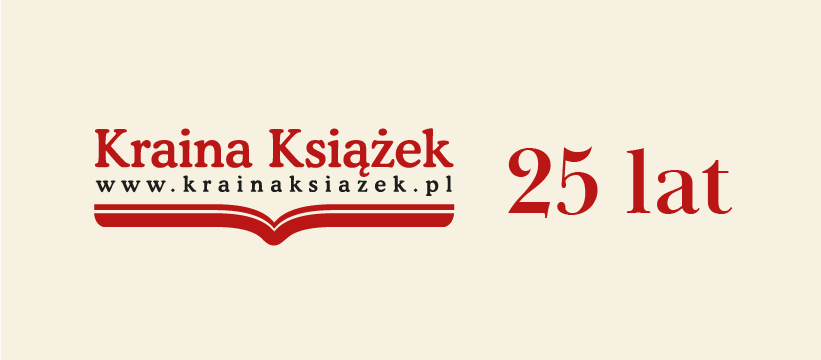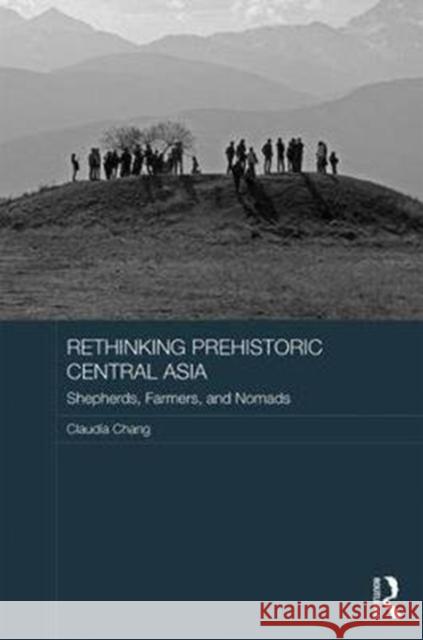Rethinking Prehistoric Central Asia: Shepherds, Farmers, and Nomads » książka
Rethinking Prehistoric Central Asia: Shepherds, Farmers, and Nomads
ISBN-13: 9781138737082 / Angielski / Twarda / 2017 / 144 str.
Rethinking Prehistoric Central Asia: Shepherds, Farmers, and Nomads
ISBN-13: 9781138737082 / Angielski / Twarda / 2017 / 144 str.
(netto: 647,66 VAT: 5%)
Najniższa cena z 30 dni: 678,70 zł
ok. 16-18 dni roboczych.
Darmowa dostawa!
The peoples of Inner Asia in the second half of the first millennium BC have long been considered to be nomads, engaging in warfare and conflict. This book, which presents the findings of new archaeological research in southeastern Kazakhstan, analyses these findings to present important conclusions about the nature of Inner Asian society in this period. Pots, animal bones, ancient plant remains, and mud bricks are details from the material record proving that the ancient folk cultivated wheat, barley and the two millets as well as husbanded sheep, goats, cattle, and horses. The picture presented is of societies which were more complex than heretofore understood: with an economic foundation based on both herding and farming, producing surplus agricultural goods which were exported, and with a hierarchical social structure, including elites and commoners, made cohesive by gift-giving, feasting and tribute rather than by conflict and warfare. The book includes material on the impact of the first opening of the Silk Route by the Han emperors of China.











